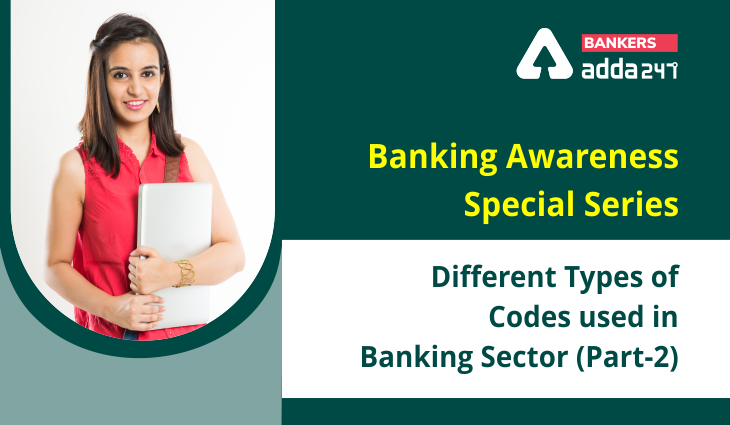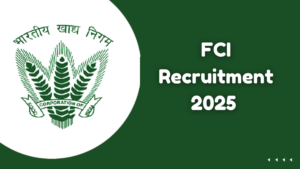Team Adda247 and Bankers Adda have introduced a Special Banking Awareness series for SBI and IBPS Interviews 2021. In this series, we will be introducing the candidates with some banking awareness topics Daily that will improve their general awareness and will also ensure that the candidates do not lack in any banking term when it comes to the interview round. Today the topic of our Banking Awareness Series is Different types of Codes used in Banking Sector.
Different types of Codes used in the Banking Sector
(Part-2)
Cheque Number:
- A Cheque Number is 6 digit number that is used to identify a cheque. It contains the details including the date, account number, cheque amount, cheque number, etc thus it acts as a cheque identifier for banking operations.
- The cheque number is printed between inverted commas at the bottom of a cheque leaf; the cheque number shows the status of the cheque. Its position is at the bottom of a cheque leaf right to the MICR Code.
CIF Number (Customer Information Number):
- CIF Number contains all the details of the customer (Account holder) like the details related to loan and Demat account, KYC details (Know Your Customer), etc. A CIF number is a virtual file of an account holder issued by the bank at the time of account opening.
- CIF number is generally printed on the front page of the passbook along with other account details of an account holder.
- The account holder’s bank has the sole right to access the CIF Number of an account holder and retrieve his/her details if required. An account holder can check his number of bank accounts under on unique CIF Number.
- That’s why the CIF number is very important because it maintains the transparency between the bank and its customers thus further avoids any sort of fraudulent activities.
PAN Number (Permanent Account Number):
- PAN is a unique 10 alphanumeric character code that is allotted by the Income Tax department.
- PAN number acts as an electronic system wherein all the tax-related information of a taxpayer is sorted in a single place.
- PAN number is compulsory for paying income tax and it is identity proof of a person.
- PAN number is essential for major financial transactions like opening a bank account, sale or purchase of a property, investing in Mutual Funds, etc.
10 alphanumeric characters are designed as follows on PAN Card:
- First 3 alphabets between A to Z,
- 4th character represents the category of the taxpayer (Individual Category is ‘P’),
- 5th one represents the first character of Surname of the taxpayer,
- The next 4 characters contain numbers from 0001 to 9999 and
- The last 10th character contains the alphabet check number.
BSR Code (Basic Statistical Return Code):
- The unique BSR Code is assigned by RBI to all the registered banks in India.
- The code is used to track all the online payments which are made towards the tax by various banks and alerts the Income Tax Department.
- BSR Code is also used to upload the details of the challan after recording all the taxes paid by the banks.
- BSR Code contains 7 digits code wherein the first 3 numbers represent the bank then the next and last 4 numbers represent the branch of the corresponding bank.



 GA Capsule for SBI Clerk Mains 2025, Dow...
GA Capsule for SBI Clerk Mains 2025, Dow...
 The Hindu Review October 2022: Download ...
The Hindu Review October 2022: Download ...
 FCI Recruitment 2025 Notification Out So...
FCI Recruitment 2025 Notification Out So...





